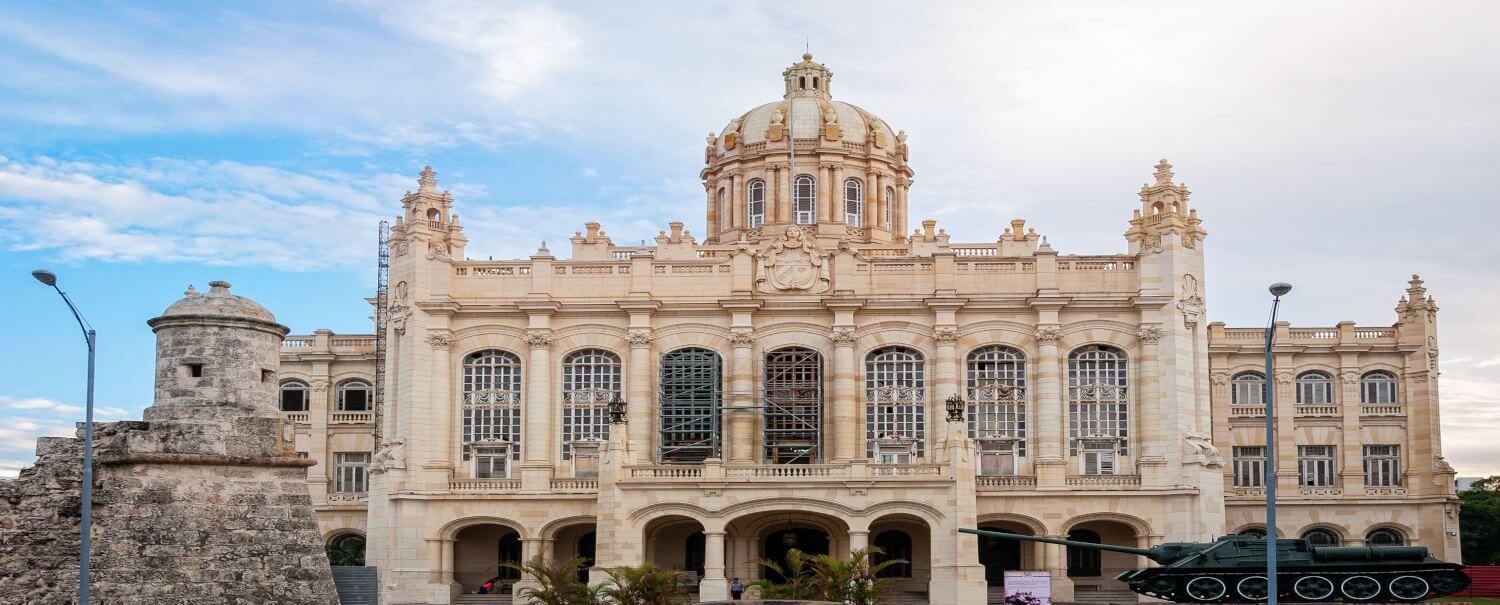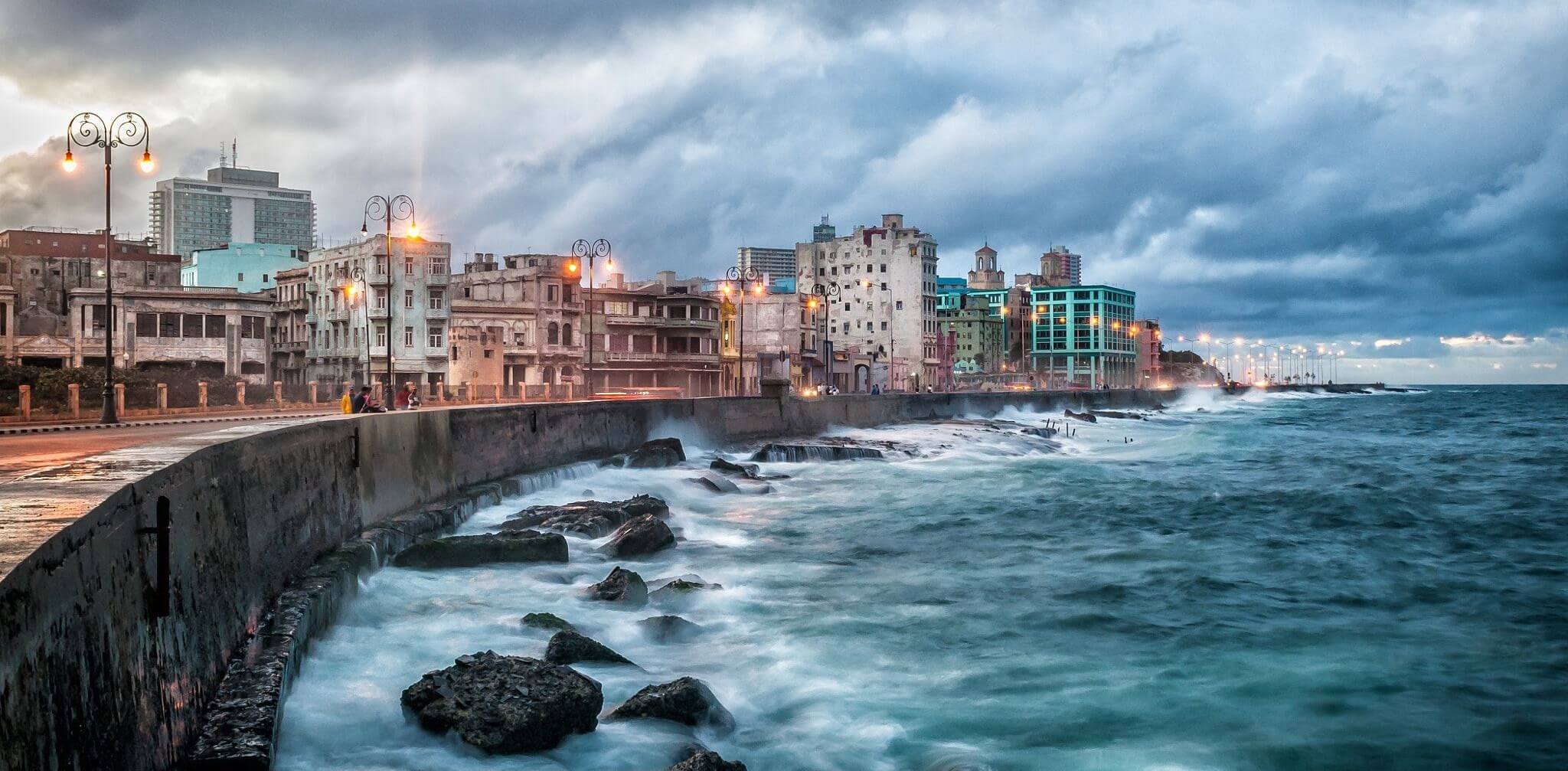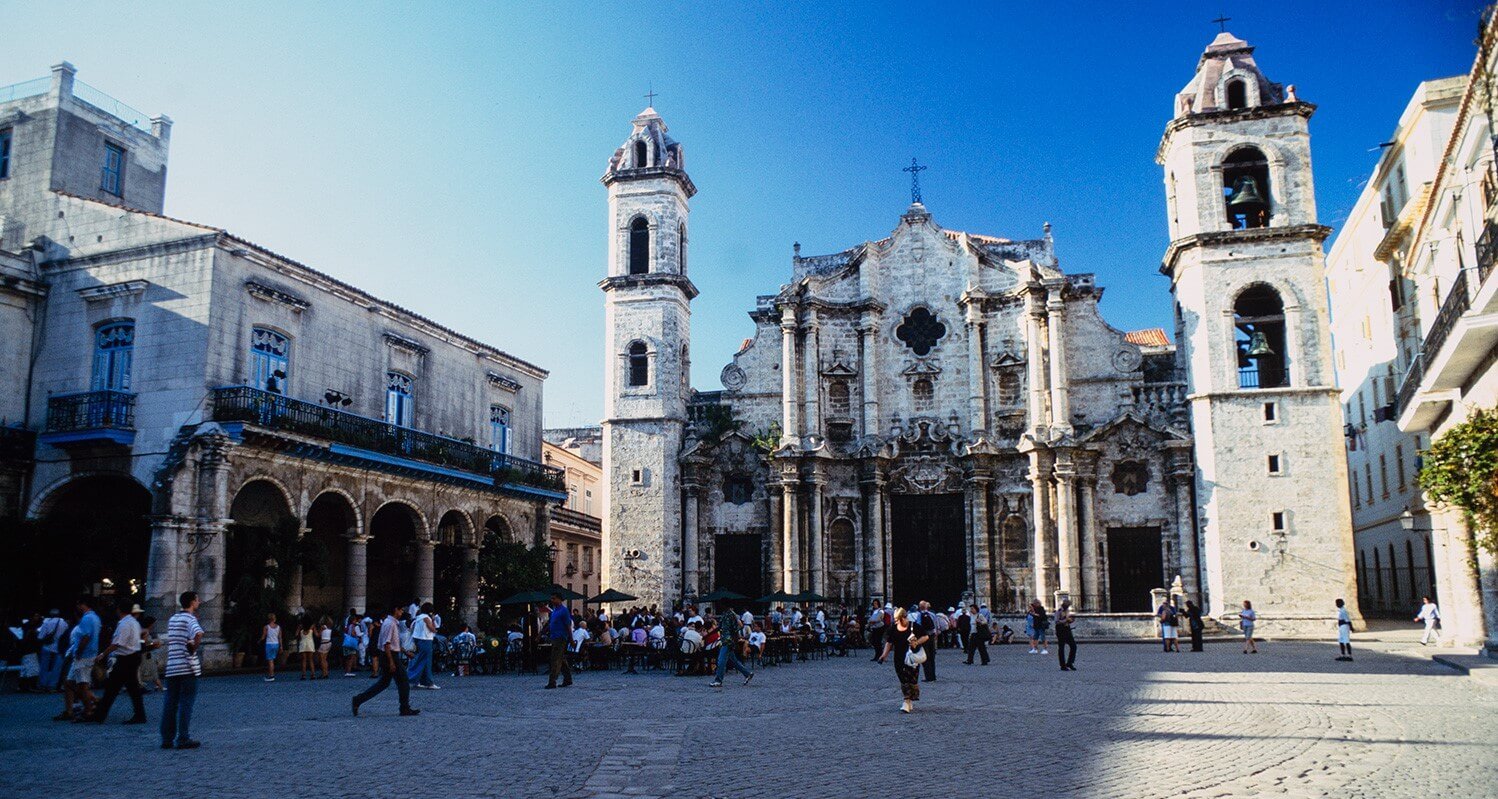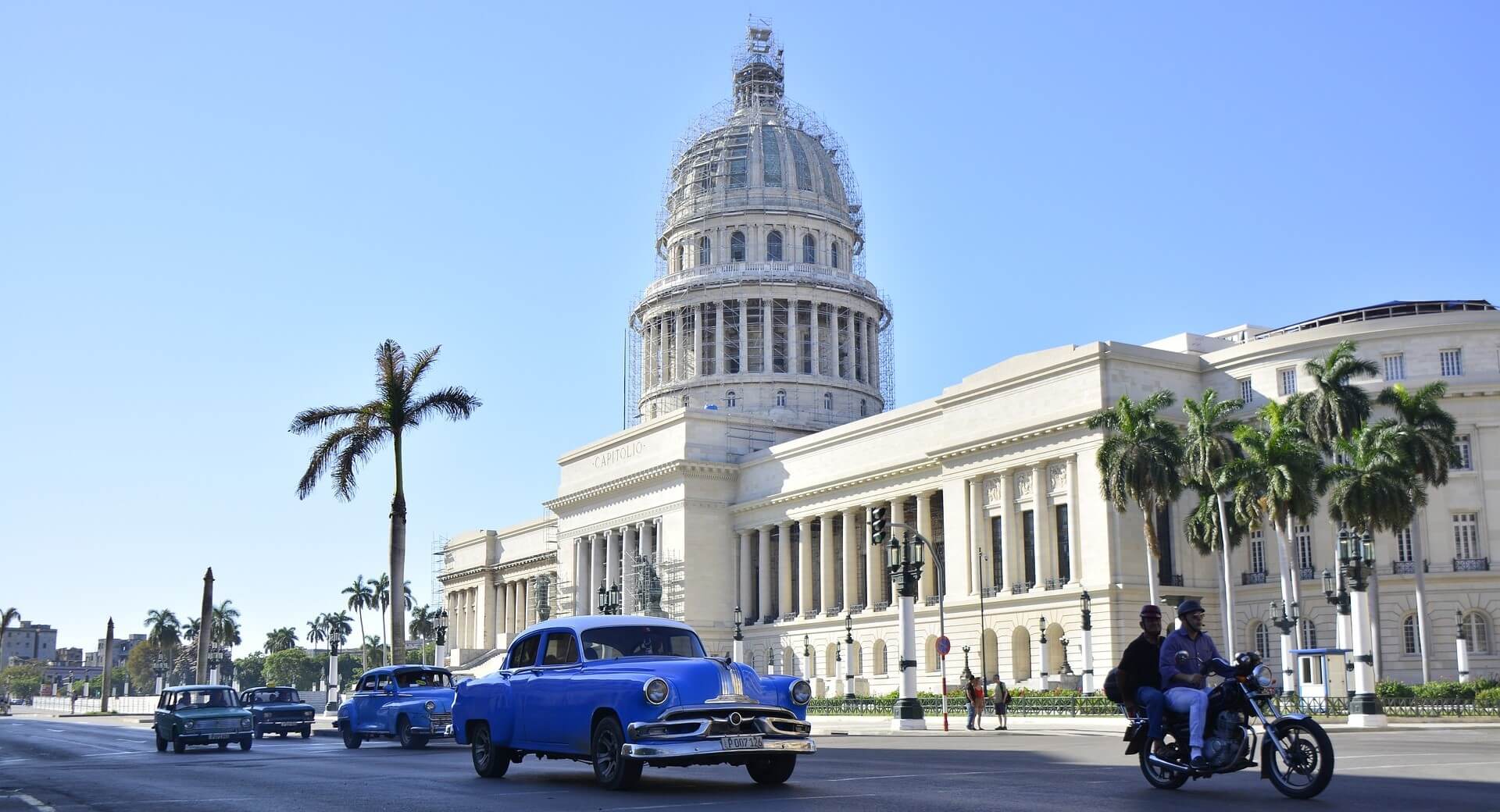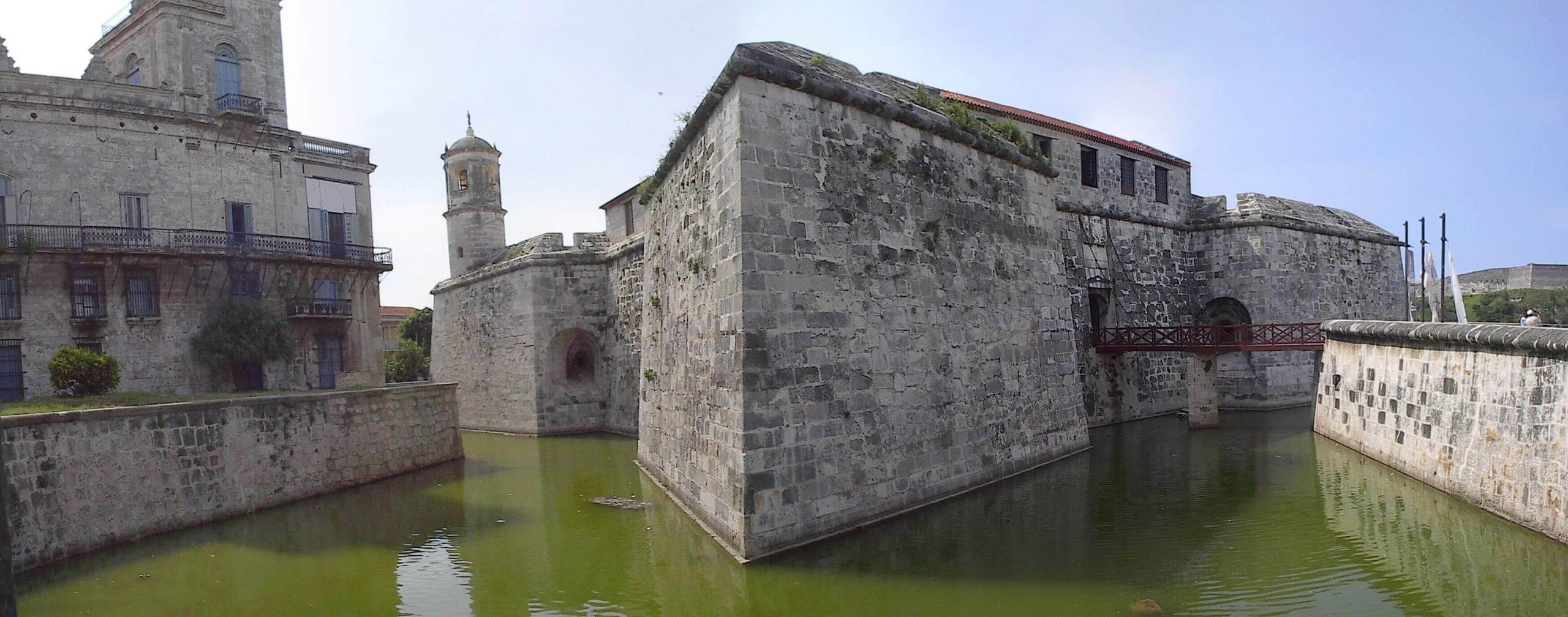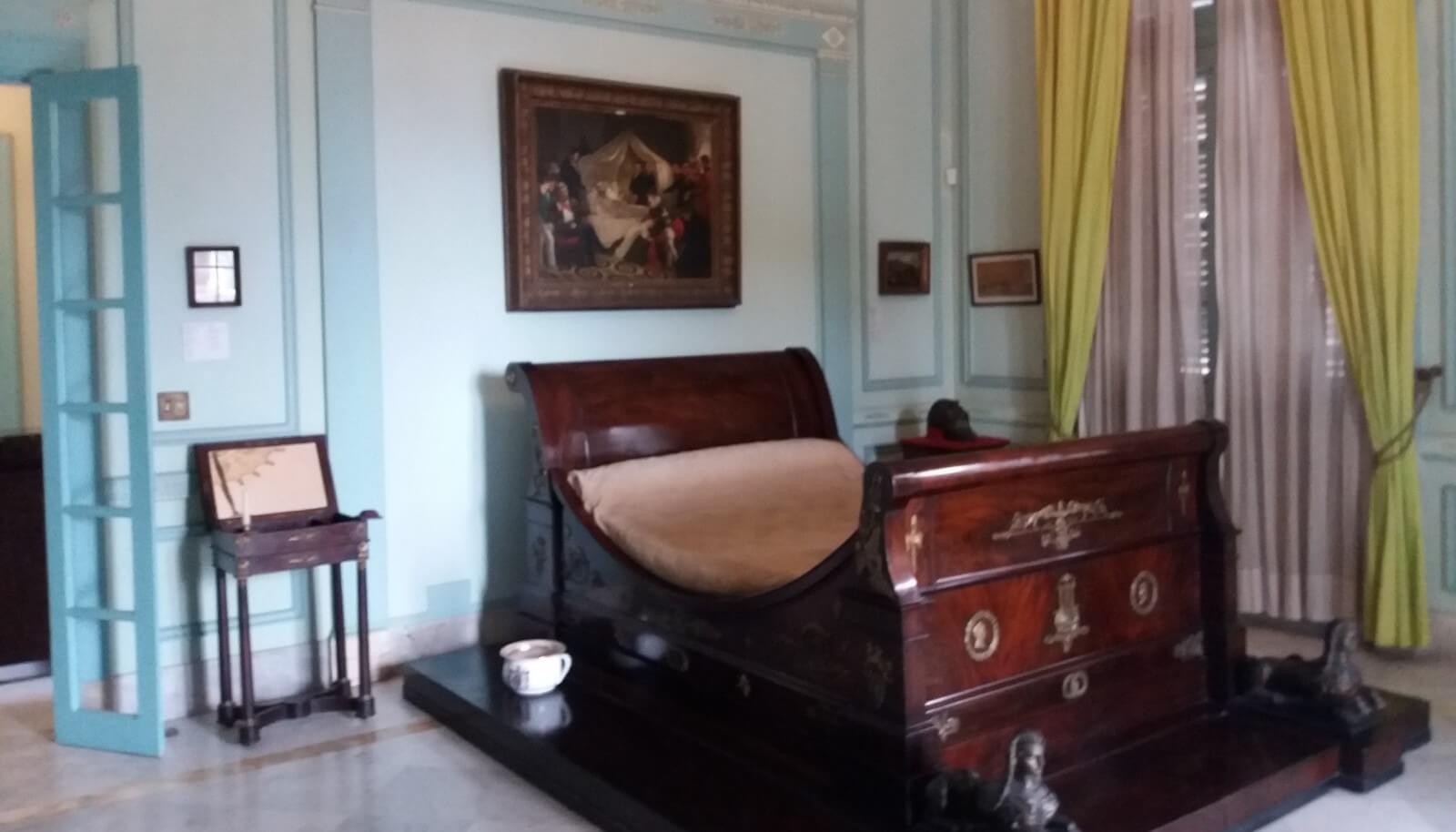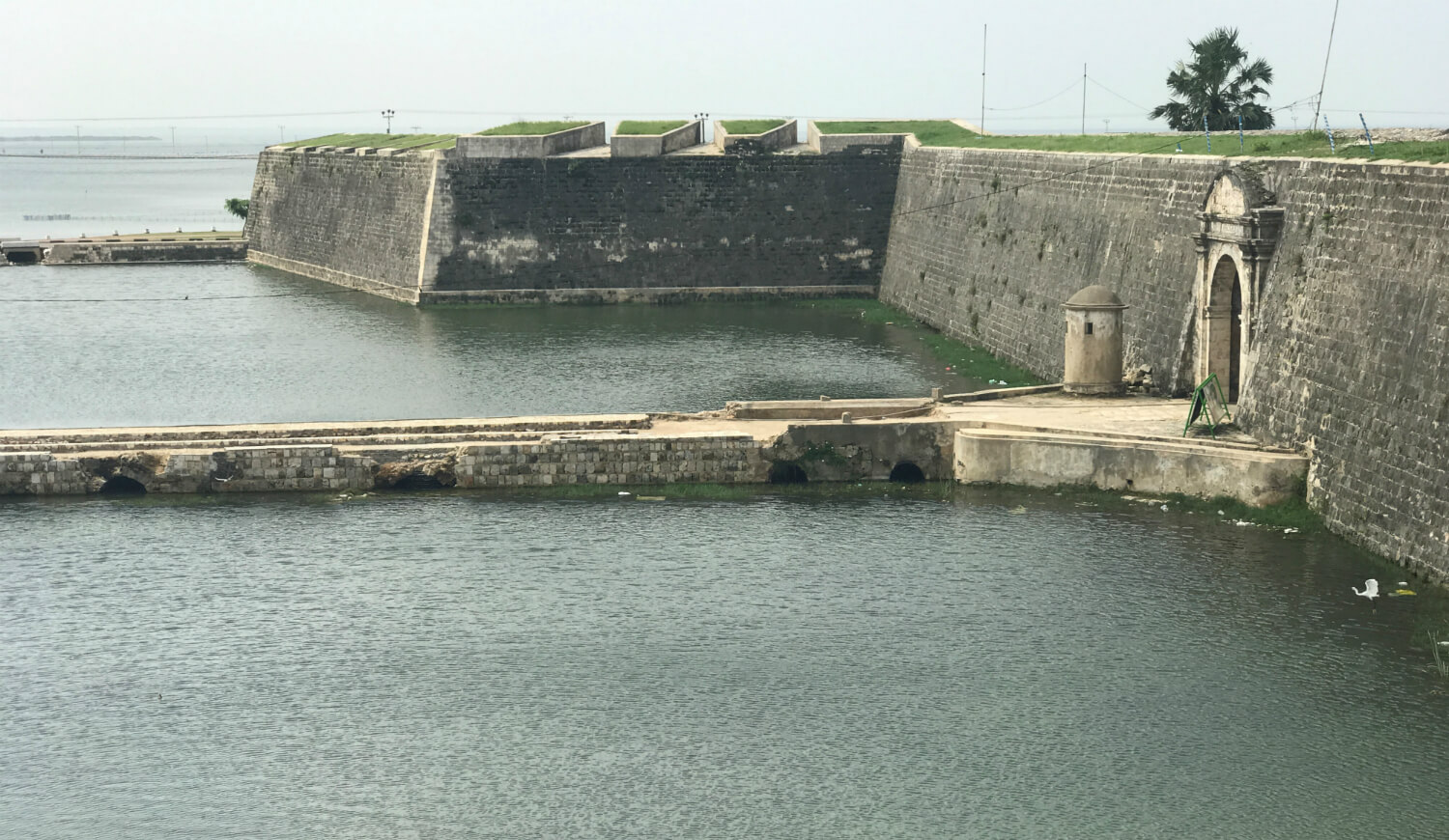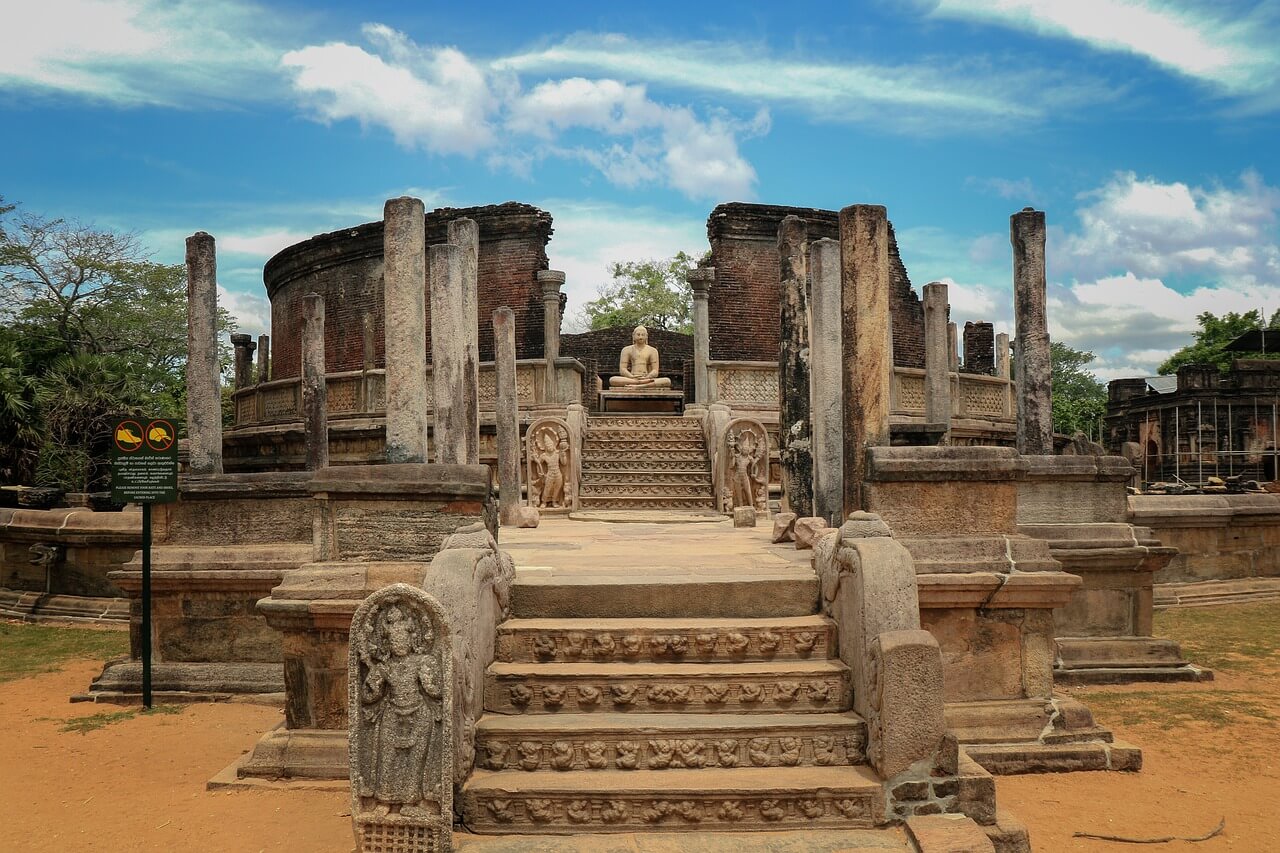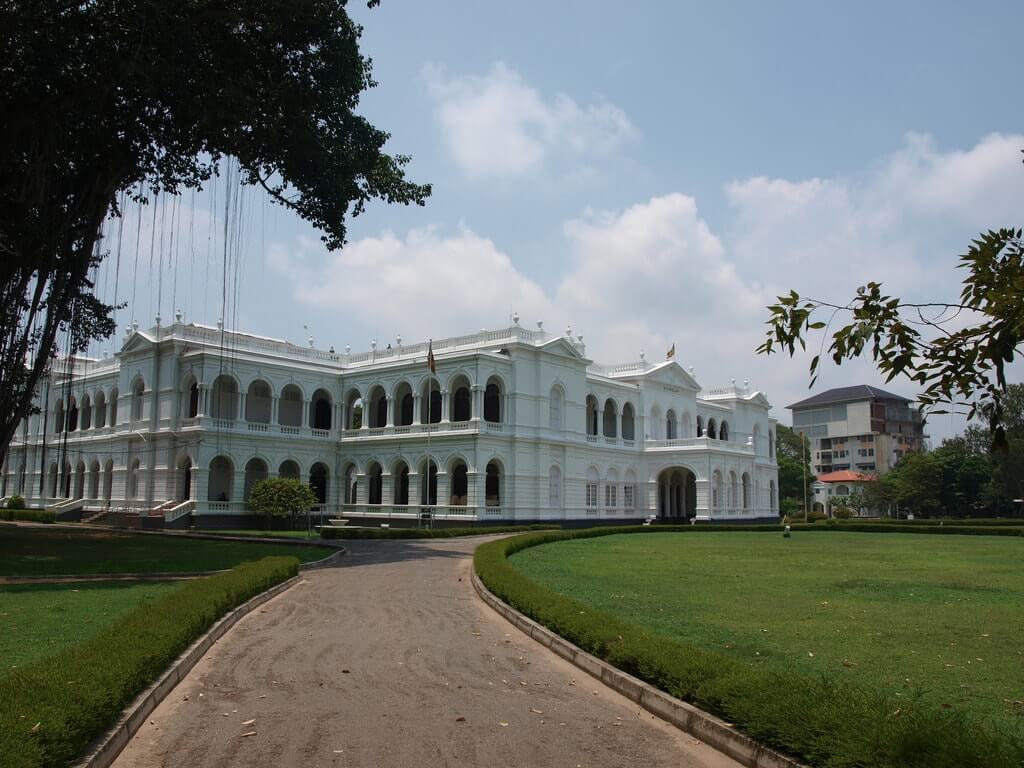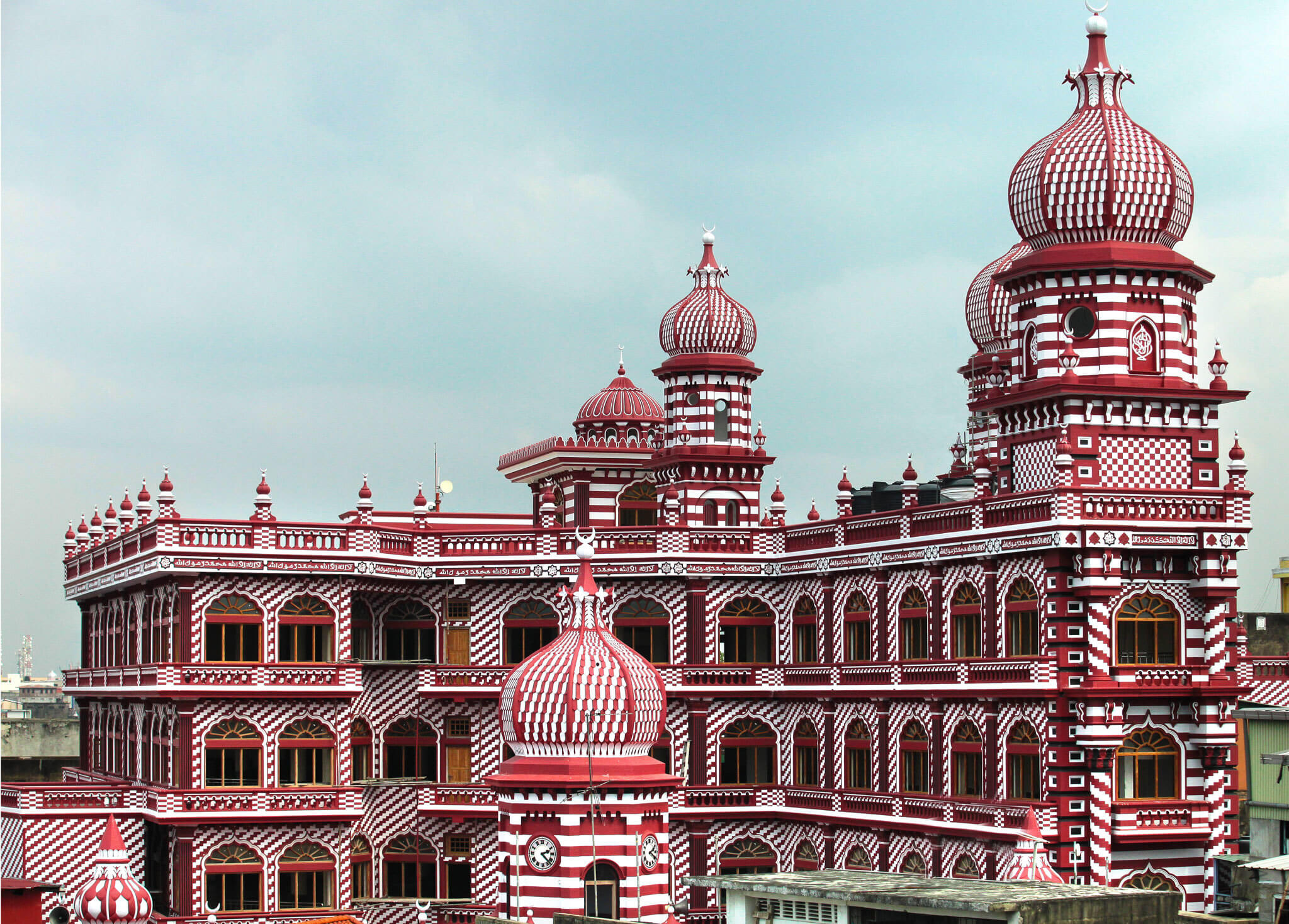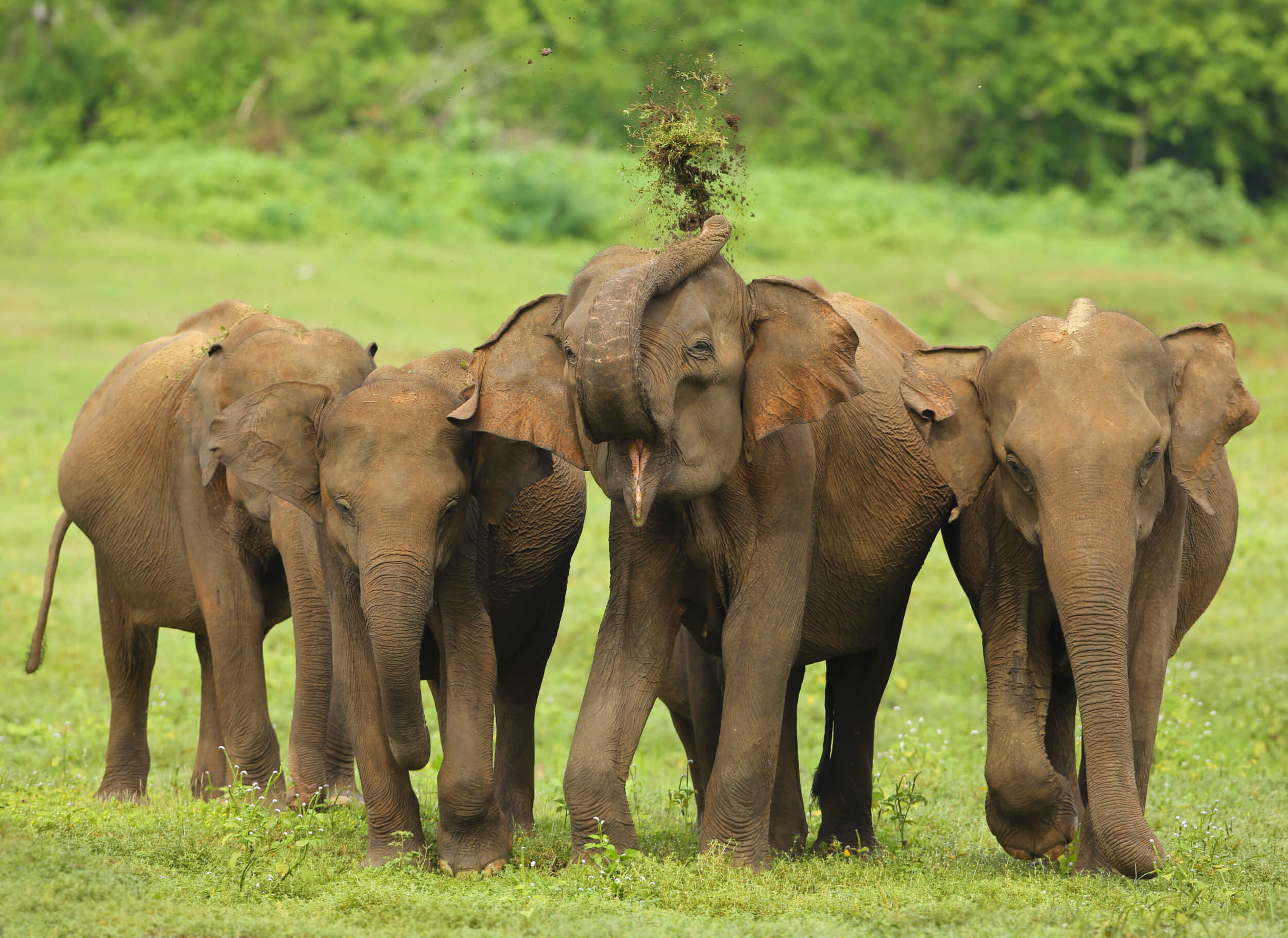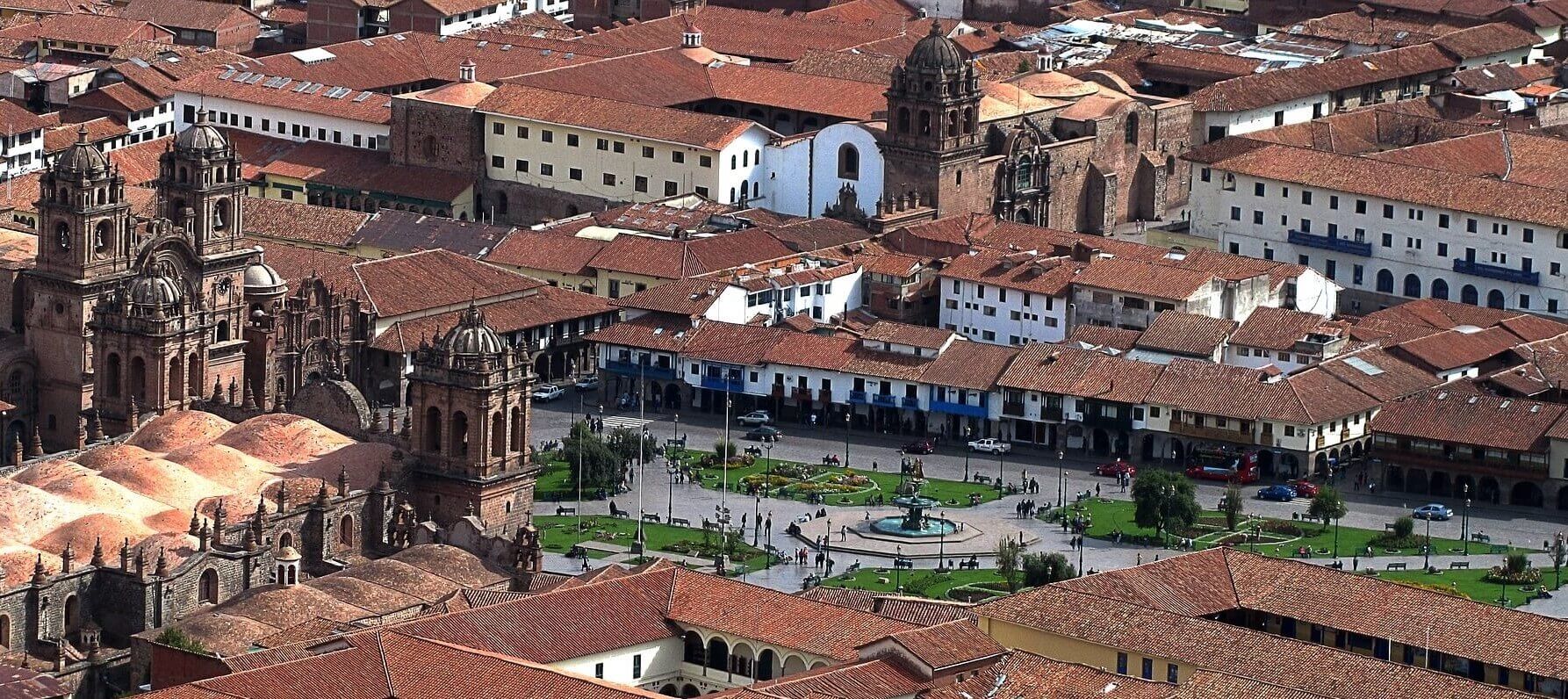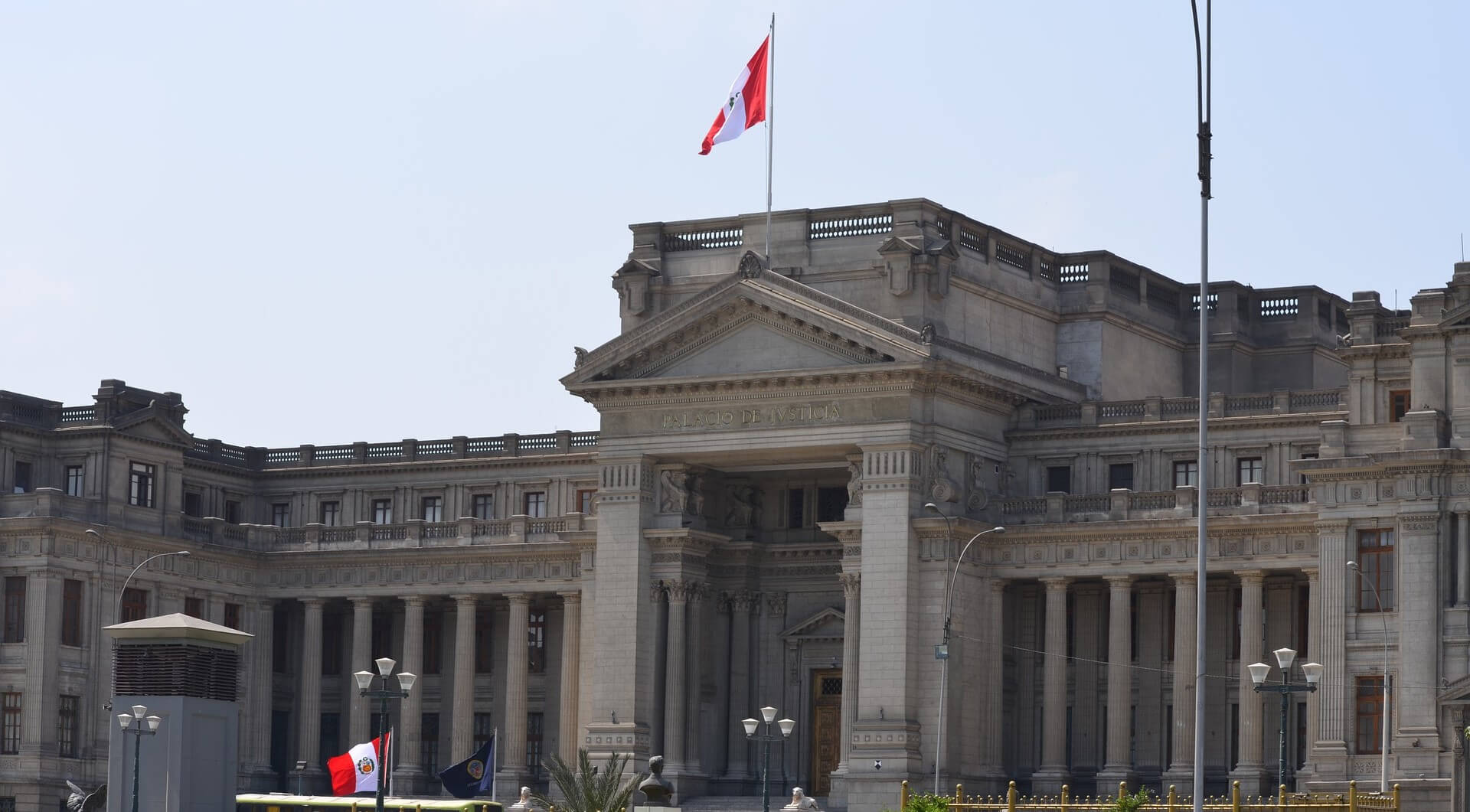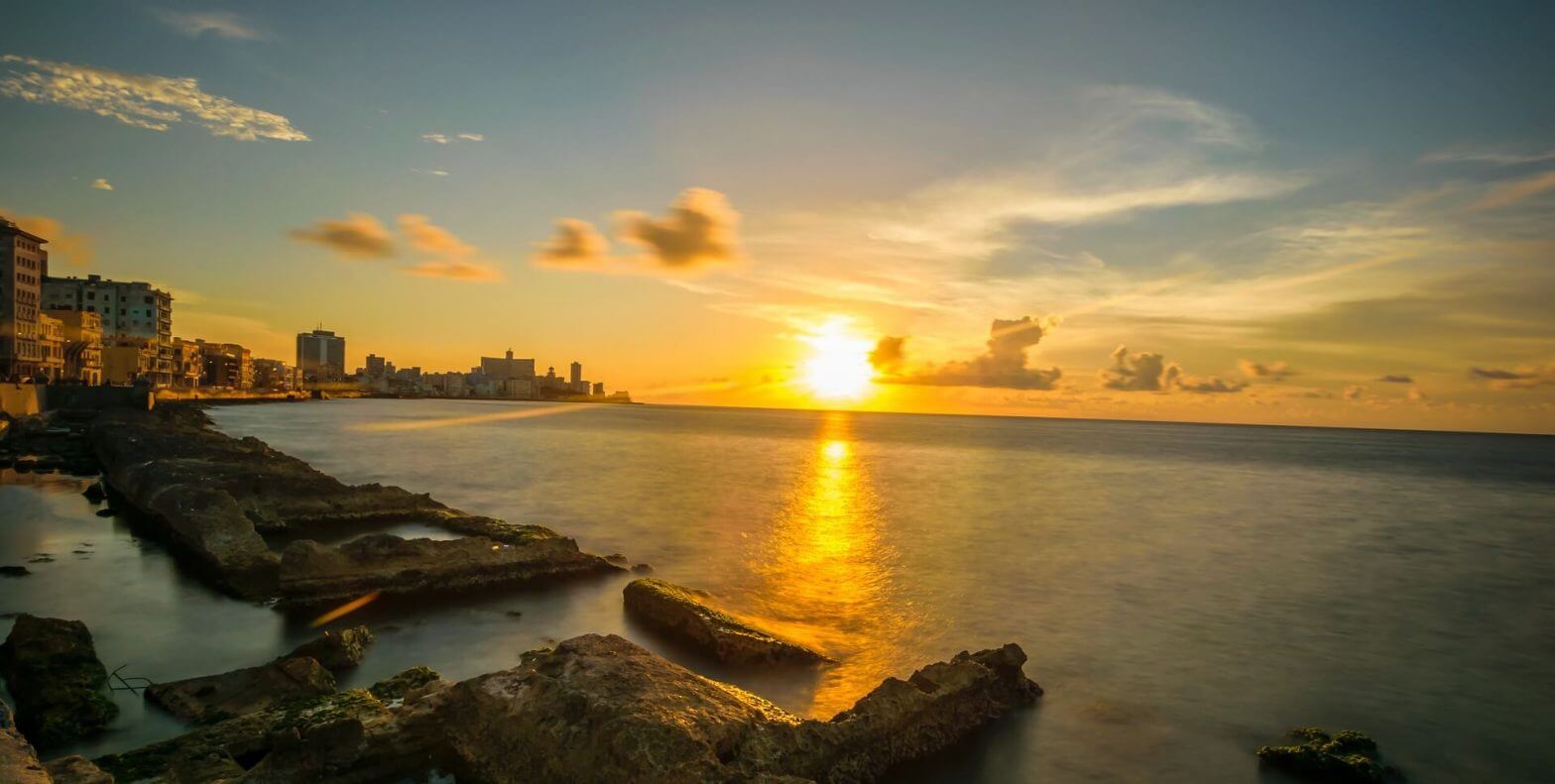
If there’s one thing our experts agree on, it’s that the death of authentic Havana has been greatly exaggerated. While it’s true that Cuba is now receiving more tourists than ever before in its modern history, Havana remains as paradoxical and alluring as ever. It still somehow has a gracefulness of its own, even while the whole crumbling city feels like it’s being held together with duct tape, string and pure improvised ingenuity. It’s the kind of place where the best laid plans fall to the wayside – maybe because nothing quite works properly, or maybe it’s the Caribbean heat. Maybe it’s because it’s just too easy to kick back, dip a cigar in some honey and soak up the vibes through a cloud of pungent tobacco smoke. Whatever the reason, Havana’s lethargic charm is irresistibly seductive, but that doesn’t mean you shouldn’t at least try to see a few sights between those ice cold mojitos.
This year, more than 20 attractions around Havana received our Experts’ Choice Award. The full list of winners is available at our Havana destination page; or, read on to find out about some of our experts’ favorite sights around the city.
Come for the missiles, stay for the ungainly yet endearing efforts to meticulously detail the minutiae of Cuba’s revolution. Havana’s Museum of the Revolution lures in visitors with its open-air exhibition of military aircraft, tanks and a surface-to-air missile system that proudly sits in street view. Behind the boisterous display of military hardware, visitors are treated to a fascinating, albeit eclectic mix of relics from the revolutionary period. Gawk at Fidel’s sweat-stained, half-century-old combat fatigues, or check out the tin spoon that supposedly saved one rebel’s life from a stray bullet. Sure, you might overdose on patriotic kitsch, but along the way you’ll get a crash-course in the Cuban perspective of the revolution, Cold War and beyond.
Unfortunately, you can only get the most out of this museum if you already have both a working knowledge of Cuban history and some basic Spanish up your sleeve. Moreover, at the time of writing, some exhibition rooms were temporarily closed for partial renovations. Even at the best of times though, this museum can still feel like an makeshift affair thanks to the counter-intuitive layout and the fact that some of the exhibitions look about as tired as Fidel’s aforementioned fatigues. Having said that, there’s something irresistibly delightful about the awkward juxtaposition of dusty militaristic bits and bobs being housed in what was once Havana’s most effete residence. The Museum of the Revolution is located in the former presidential palace, which in its heyday served as the home of notorious dictator Fulgencio Batista. The interior was originally decorated by Tiffany’s of New York, and behind the revolutionary sloganeering, the structure itself still oozes with the dilapidated decadence of a distant past.
“The worlds longest sofa,” as its sometimes affectionately labeled by locals, the Malecon is more than just a nice spot to catch one of Havana’s glorious gold-crimson sunsets. This 7km stretch of waterfront has long been beloved by Habaneros as a place to kick back after work and catch up on local gossip. Constructed in 1902, the Malecon used to be the gaudy seaward face of a city dedicated to debauchery and diversion. Throughout the high-rolling years of the early 20th Century, the Malecon greeted thirsty North American cruise-goers fleeing prohibition with a colorful flank of hotels and casinos to one side, and azure Caribbean waters to the other.
Nowadays, the Malecon is sure showing its age. The Neo-Classical architectural wonders that line the waterfront are crumbling into the sea, while every year the waves seem to crash just a little bit harder against the buckling sea wall. Needless to say, it’s hard to find a more dramatic backdrop for an afternoon stroll, though it’s the locals themselves who make the Malecon a joy to visit. Come on a weekend or after work hours, and you’ll find lovers huddled between fishermen, and children playing in the spray. Be warned though, the waves hit hard here, and a step too close to the water’s edge might leave you soaked from head to toe.
Havana is best enjoyed on foot, with the old town lending itself well to aimless wandering. However, there’s only really one place where you should start your ramble: the historic Plaza de la Catedral. Sprawling in the shadow of the 18th Century Havana Cathedral, this airy plaza is home to some of the city’s best preserved Baroque architecture. Many of the buildings around here have been painstakingly refurbished after decades of neglect, and today house a mix of museums and restaurants. Among the most worthwhile is the Casa de Lombillo, which is found on the eastern edge of the plaza and hosts a constantly changing mix of art exhibitions. On the opposite side of the plaza to the north west, the Casa de los Marqueses de Aguas Claras is also worth a peek for its pleasant interior courtyard and onsite Restaurant Paris.
During the interwar period of the early 20th Century, Cuba was flush with cash. While Europe was still recovering from World War I, Havana was riding historically high sugar prices and then-president Gerardo Machado was eager to splurge on something big. The caudillo had over 5000 laborers work for three years to construct a building that would not only serve as an edifice for Machado’s congress, but would also be a testament to the island nation’s sweet years of sugary riches.
The result was the Capitolio, a Neo-Classical marvel that looks suspiciously similar to the United States Capitol in Washington, D.C. Don’t tell that to Cubans though, as generations of the island’s architects have maintained that any resemblance is purely coincidental. Another interesting coincidence is the fact that Havana’s Capitolio just happens to be a meter wider, longer and higher than its counterpart in Washington. Not only that, but until the 1950s the Capitolio was Havana’s tallest building.
After congress was abolished during the revolution, the Capitolio fell into a state of disrepair. However, in 2013 the building was revived to house the National Assembly, and today the newly renovated Capitolio is as grand as ever. Tours are available for a peso or two, or just find a comfortable place to sit on the steps outside for a spot of people watching.
Castillo de la Real Fuerza
The oldest surviving stone fort in the Americas, the Castillo de la Real Fuerza is a symbol of Havana. Visible from the Malecon, the fort was originally built in the 16th Century to protect the port from pirates. Construction began just a few years after Havana was sacked by French privateer Jacques de Sores, but in their haste the Spanish colonial authorities made some serious strategic blunders. For one, the Castillo was too far from the mouth of Havana’s harbor to effectively repel privateers. In a curious twist of fate, the Castillo is today full of pirates, though they’re all located behind the glass display cases of the on-site maritime-themed museum.
Here’s an odd question: what do Cuba and Napoleon Bonaparte have to do with one another? The answer: basically nothing, but for some reason Havana is home to one of the world’s most impressive collections of Napoleon-related artifacts. The Museo Napoleonico hosts over 7000 items from the French emperor’s life, including one of his iconic bicorne hats. Another must-see is the bronze death mask – one of just a handful made by Napoleon’s personal physician just days after his death. Also, don’t forget to check out the view from the museum’s fourth floor terrace.
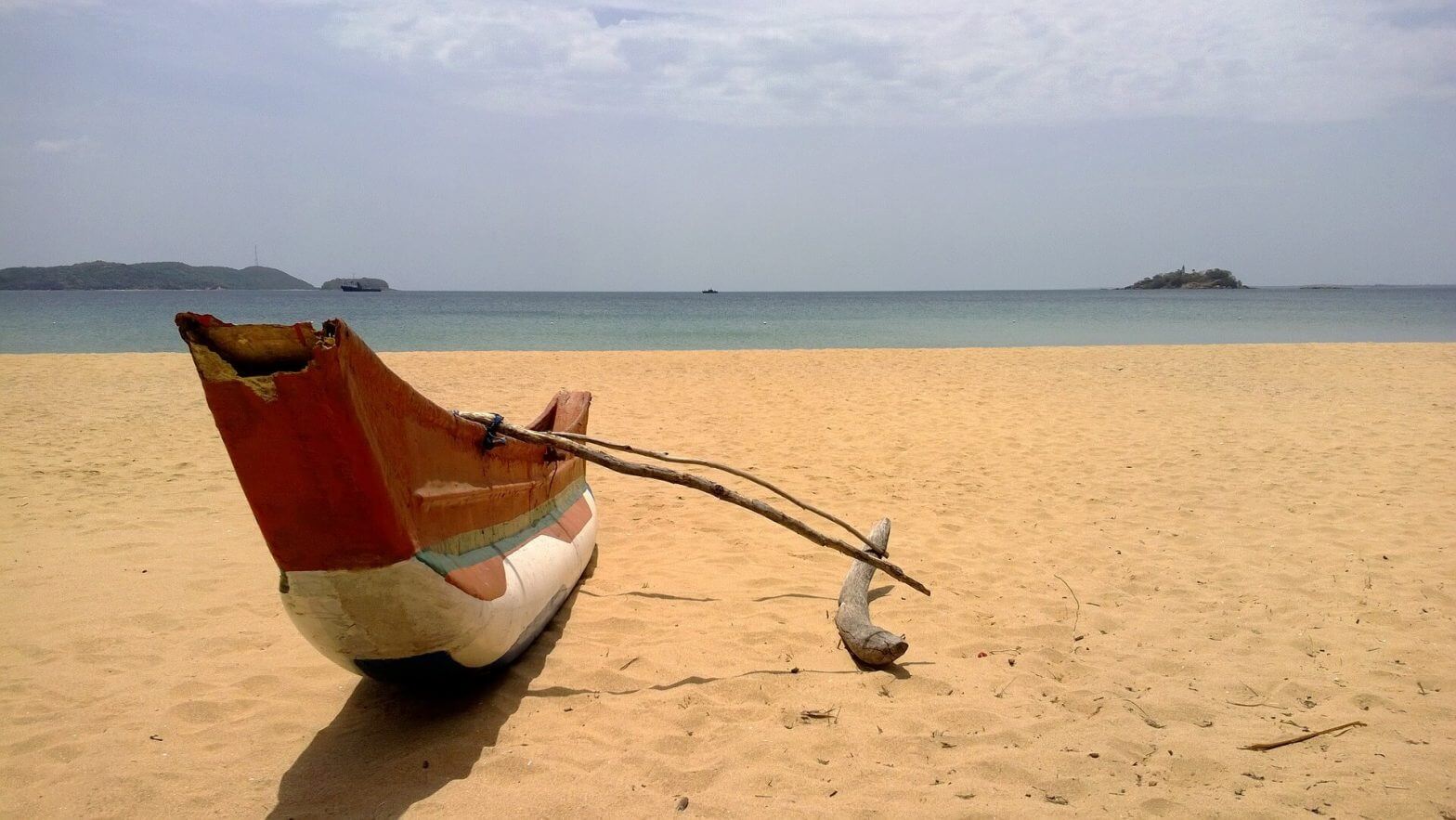
Sri Lanka has worked hard to attract tourists since the end of its civil war, building hotels, developing adventure tourism, and promoting national parks. Add to this everything else the island offers – ancient cities, delectable food and miles of sandy beaches – and it is no wonder visitor numbers are growing year on year. Using expert reviews and our algorithms that identify top hotels, restaurants and attractions, we have named Sri Lanka the winner of our Experts’ Choice Award for Best Emerging Destination for 2019.
Sri Lanka’s 22 million people include Buddhists, Hindus, Muslims and Christians and many different ethnic groups. In the middle of the country, Kandy is the heart of Buddhist Sri Lanka; in the second city of Jaffna, the majority of people are Tamil Hindus.
The West Coast is the most developed part of the island, where you’ll find the capital city Colombo and the popular beach resorts of Negombo. On the South Coast is Galle Fort, a Dutch colonial fort, now full of chic hotels and boutiques. In recent years the East has begun attracting tourists, and the area around the old port town of Trincomalee has the island’s best beaches.
For such a small country, Sri Lanka has remarkable natural diversity. At its center, mountains and forests are scattered with the ruins of ancient palaces, dagobas and cave temples. Dozens of rivers wind their way to the coast, creating scenic waterfalls. Almost a third of all land is protected, offering fantastic wildlife spotting opportunities. Much of the coastline is blessed with coral reefs and clean, sandy beaches. In the far North, Sri Lanka’s Jaffna Peninsula is another contrasting landscape of lagoons and remote islands.
Sri Lanka’s first civilization formed as early as 500 BC. Today you can explore the ruins of the ancient kingdoms of Anuradhapura and Polonnaruwa as well as many of the early monasteries and cave temples. In more recent history the island was occupied by the Portuguese, Dutch and
British who traded cinnamon, gemstones, coffee and tea. As a result, it is full of colonial influences, including old Catholic churches, Dutch canals and forts, and grand municipal buildings built during British rule like Colombo Town Hall and the National Museum.
TripExpert’s top-rated attraction in Sri Lanka is the UNESCO World Heritage site Sigiriya, an incredible palace and fortress hewn out of a huge 180 metre-high rock. Currently Sri Lanka’s most-visited tourist attraction, climbing to the top to see the views is a must-do while on the island. Also known as ‘Lion Mountain’ 1600-year-old Sigiriya has a giant carved gateway of lion’s feet. Its landscaped gardens are some of the oldest in the world, and its frescoes are some of the world’s rarest.
Another top attraction in Sri Lanka is the Ceylon Tea Factory. Tea was introduced to Sri Lanka in the 1860s by the Scotsman James Taylor and is one of the island’s top exports. The Museum is located high in the hills of Hantana, the location of the very first plantations. With panoramic views and a café where you can enjoy a tasting session, a visit here is the perfect day trip from Kandy.
Sri Lanka’s capital Colombo is modernizing fast and offers an interesting mix of sights, from the traditional markets of Pettah to the uber-development Port City. The city’s mix of faiths means you can explore many fascinating places of worship including the Buddhist Gangaramaya Temple, the mesmerizing Jami Ul Alfar Mosque and the Hindu temples of Sea Street. There is an emerging restaurant scene, so head to Park Street Mews for the latest food offerings. TripExpert’s number one hotel is the Colombo Court Hotel and Spa, a boutique hideaway on the edge of Cinnamon Gardens. Visit our blog for more top-rated hotels in Colombo.
a colonial-style resort in Hill Country where you can hike, cycle and treat yourself to a tea-themed spa treatment. At an altitude of 1250 metres, between Horton Plains National Park and the Peak Wilderness Sanctuary, this hotel could not be better positioned for romantic views of mist-shrouded tea estates.
Sri Lanka has activities to suit you whether you are a beach bum, nature lover or cultural tourist. One of the island’s best assets is its coastline. Take a boat trip from Kalpitiya or Mount Lavinia for fantastic snorkelling and scuba diving or get into the island’s booming surf scene at Arugam Bay, Hiriketiya or Kabalana. If relaxing in the sun is more your thing, there are hundreds of beaches to choose from, including the popular stretch from Unawatuna to Mirissa on the South Coast, and the area around Trincomalee in the East.
Elephants, leopards and blue whales are just some of the wild animals you can see in Sri Lanka, and there is no end of tours, safaris and boat trips available. While Yala and Udawalawe are the most visited national parks, many of the less well-known parks are experiencing a resurgence. Wilpattu in the North and Gal
Oya in the East are just two places where you can see wildlife without the crowds. Visit our blog to read more about Sri Lanka’s national parks.
The lush countryside is perfect for hikers – whether you prefer mountain peaks, windswept plains or rainforests. Some of the best hiking trails can be found near the town of Ella, from where you can also take the famous Ella to Kandy train with its world-class views. Another popular area for hikers is the Knuckles Mountains, which offer more challenging routes.
With tourist numbers reaching an all-time high in December 2018, and some striking hotels opening in 2019 (including the Geoffrey-Bawa-inspired Harding Boutique Hotel, the Jetwing Kandy Gallery and Haritha Villas in Hikkaduwa), Sri Lanka is continuing to bloom. So, if you are planning to visit this wonderfully diverse island, take a look at our recommendations and stories for more inspiration.
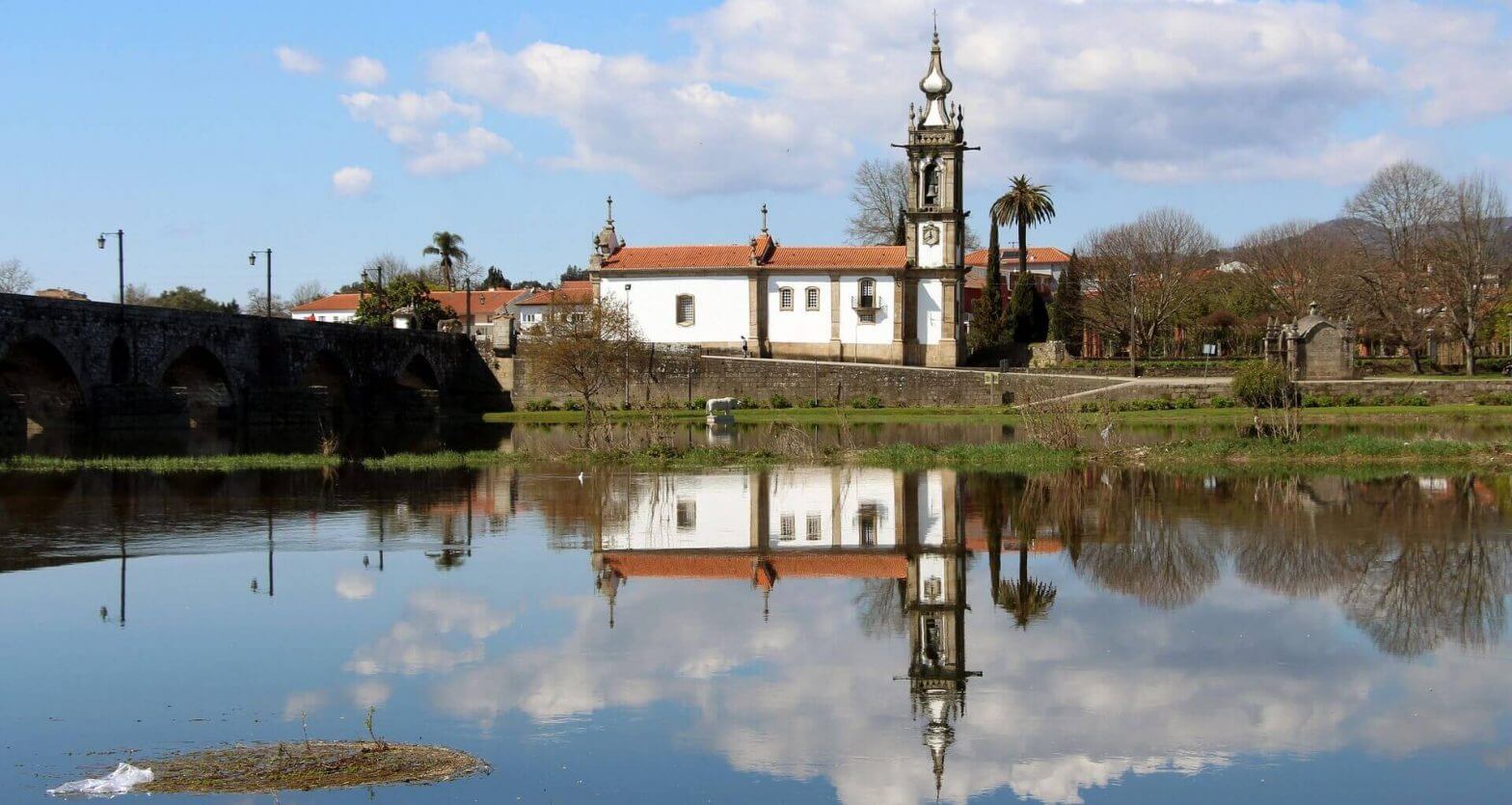
Wait, don’t just rush to Machu Picchu, Peru’s capital is more than just its concrete airport! Once upon a time, Lima was viewed by backpackers as merely a necessary evil en route to the Andes. This dismissive attitude wasn’t entirely unjustified; back in the day, South America’s third largest city’s two claims to fame were its efficient and terrifying express kidnappings, along with boasting some of the world’s best currency counterfeiters. In other words, the old Lima wasn’t exactly made of the stuff that brings in tourists.
Alas, the old Lima is no more. Sure, the city can still be pretty rough around the edges, but over the past decade or two Lima has blossomed into one of South America’s most intriguing big cities, not to mention a Mecca for foodies eager to experience the Peruvian culinary renaissance. Amid surging international fascination with Peruvian cuisine, the new Lima has enthusiastically draped itself in the mantel of custodianship of the country’s famous foodie fusion. Modern Peruvian meals tend to be a colorful melange of pre-hispanic, Spanish, Chinese and Japanese traditions. Today, Peruvian food is arguably one of the world’s most important fusion traditions, though Lima is more than just a decent place to eat. Peruvians are proud of their history and culture, and modern Lima offers a fantastic mix of museums and cultural sites that can keep the visitor busy for weeks. Here though, we’re going to try to pack all the best the city has to offer into 48 hours. It won’t be easy, and you will be exhausted, but here’s a step by step guide to getting the most out of Lima in just two days.
Day 1: The Historic Center
Day 1: The Historic Center
You might as well start your Peruvian adventure at the same place the Spanish did five centuries ago. In 1535, conquistador Francisco Pizarro planted his flag and declared the founding of Lima on the site of what is today the Plaza de Armas. Commonly referred to simply as the the Plaza Mayor by locals, this large square is located at the heart of the old colonial part of the city. A UNESCO World Heritage site, the square is home to some of the country’s most important historic buildings. To the north you’ll see the Palacio de Gobierno. If you can, return here at noon to check out the changing of the guard. Otherwise, early birds should beeline for Restaurante Cordano, which is located right on the corner near the palacio. This is one of the most popular restaurants in the city center.
Directly opposite the palacio, you’ll see the Catedral de Lima, which houses the remains of Pizarro himself. Fans of colonial architecture should also be sure to check out the nearby City Hall and Archbishop’s Palace, both of which are on the square.
Them Bones at the Basilica
After soaking up the square, head one block to your north-east to the Basílica y Convento de San Francisco. A pleasant enough church in its own right, the site is best known for its underground catacombs packed with the remains of an estimated 25,000 people. The story here is that the catacombs were used as a municipal burial site until the early 20th Century. The catacombs were rediscovered during WWII, and today there are regular guided tours that take visitors through winding tunnels adorned with hundreds of human skulls and other neatly arranged bones. It’s not for the faint of heart, but worth a peek for anyone with a penchant for the grisly.
If you found the catacombs surprisingly macabre, then you’ll never expect what’s just around the corner. Indeed, nobody expects a museum dedicated to the Spanish Inquisition to be fun per se, but the Museo de la Inquisición y del Congreso certainly does a solid job at making one of the darkest eras in Peruvian history both engaging and well worth your time. Visitors follow in the footsteps of countless accused heretics who were seized by the Inquisition, from the torture chambers where confessions were extracted to the court rooms where show trials were carried out. The lucky ones were simply burned at the stake, though as a visitor you’ll get to see dozens of mannequins placed in grotesque positions on famous torture devices like the dreaded rack and waterboarding, not to mention some not-so-comfy chairs.
Outside, the museum itself is located on the pleasant Plaza Bolivar, near the Congress building. Behind Congress you’ll find the National Mint and adjacent Numismatic (currency studies) Museum. The museum has an interesting exhibit detailing the history of that green stuff that makes the world go around. See historic examples of how money was made, and gawk at some of Peru’s old bills.
Around Plaza Bolivar
Now that you’ve tackled money and religion, it’s time to address another perfect dinner table topic: sex. Two blocks south of Plaza Bolivar is the Museo Larco, which has Peru’s most renowned collection of pre-Colombian ceramics. The centerpiece of the collection is the erotic gallery room; it’s like Pornhub, but with more ceramics. It should go without saying, but this exhibit is certainly not family friendly, and you’ll be shocked by just how naughty some of those little pieces of pottery get. If you do start feeling a little hot under the collar, then at least you can pick up a cold juice outside in the Mercado Central. An excellent spot for people watching or a cheap lunch, the market is best visited on weekends, when it’s at its most lively. Afterwards, check out some G-rated historic artifacts over at the Museo Nacional de Arqueología, Antropología e Historia del Perú. It’s right near Plaza Bolivar. Finally, for dessert, hit up the Chocomuseo for an afternoon snack of hot chocolate. If you happen to need some time to kill before dinner, take a stroll around Chinatown.
Chinatown itself is a good place to eat if you’re on a budget. For one, it’s the ideal place to sample some Chifa – a local fusion of Chinese and Peruvian food. The well-heeled should schmooze over to the historic Hotel Bolivar for their famed Catedral cocktail, which makes generous use of pisco.
On your second day, get up early and put on your Indiana Jones hat, because you’re heading out to Pachacamac. About 30 kilometers south of Lima, this ancient city isn’t quite as world famous as Machu Picchu, but nonetheless was an important population center of the sprawling Incan Empire and earlier cultures.
Founded by the mysterious Lima culture, the city itself first emerged around 1000 years before the Incan Empire was but a twinkle in Manco Cápac’s eye. However, most of Pachacamac’s major structures were built after the decline of the Lima culture but before the Incan invasion, during the height of the Wari civilization between the 9th and 14th centuries. Relics of the Wari period include the site’s stone palaces and imposing pyramids. By late 15th Century, however, the Incan blitzkrieg had flooded over this region of Peru, and the city was annexed into the burgeoning empire somewhere around 1470 AD.
Most visitors arrive at Pachacamac in a guided tour from Lima. Getting to the ruins by public transport is a bit bothersome, but certainly doable. Make your way to the intersection of Avenida Miguel Grau and Jirón Andahuaylas, where you’ll find an ugly concrete overpass. From there, there are regular minibuses displaying the sign ‘Pachacamac’. Tell the driver you’re going to the ruins, and expect the trip to take around 45 minutes to an hour. It may take longer depending on whether you get stuck in Lima’s notoriously brutal peak hour traffic. On the plus side, the trip is quite interesting, taking you through central Lima before winding through the city’s ring of slums and into the wide open countryside beyond. The ruins themselves will likely take you around two hours to explore. Ideally, you should be able to make it back to town via the same minibus by lunchtime.
The Cliffs of Barranco
For a relaxed afternoon, meander over to the Bohemian enclave of Barranco. This trendy neighborhood is huddled precariously on seaside clifftops, and is a good place for a scenic walk and to pick up a few artsy souvenirs. Once you get tired of exploring this colorful corner of Lima, make your way to one of the clifftop bars for a final pisco and some Peruvian ceviche. Cala Restaurante is a good pick, while Canta Rana does generous portions with good quality.
If you can tear yourself away from the stunning Lima seaside sunset, try to make time to visit El Circuito Mágico del Agua (The Magic Water Circuit). Trying to describe this thing isn’t easy, so let’s just say it’s basically a cross between a waterpark and Pink Floyd concert. The world’s largest complex of water fountains, the Circuito is not to be underestimated for both its enthralling light shows and persistent popularity among locals. Expect to line up for at least an hour to get in, before being overwhelmed by the psychedelic displays of dancing water, multicolored lights and blasting orchestral pieces.
Just another WordPress site
